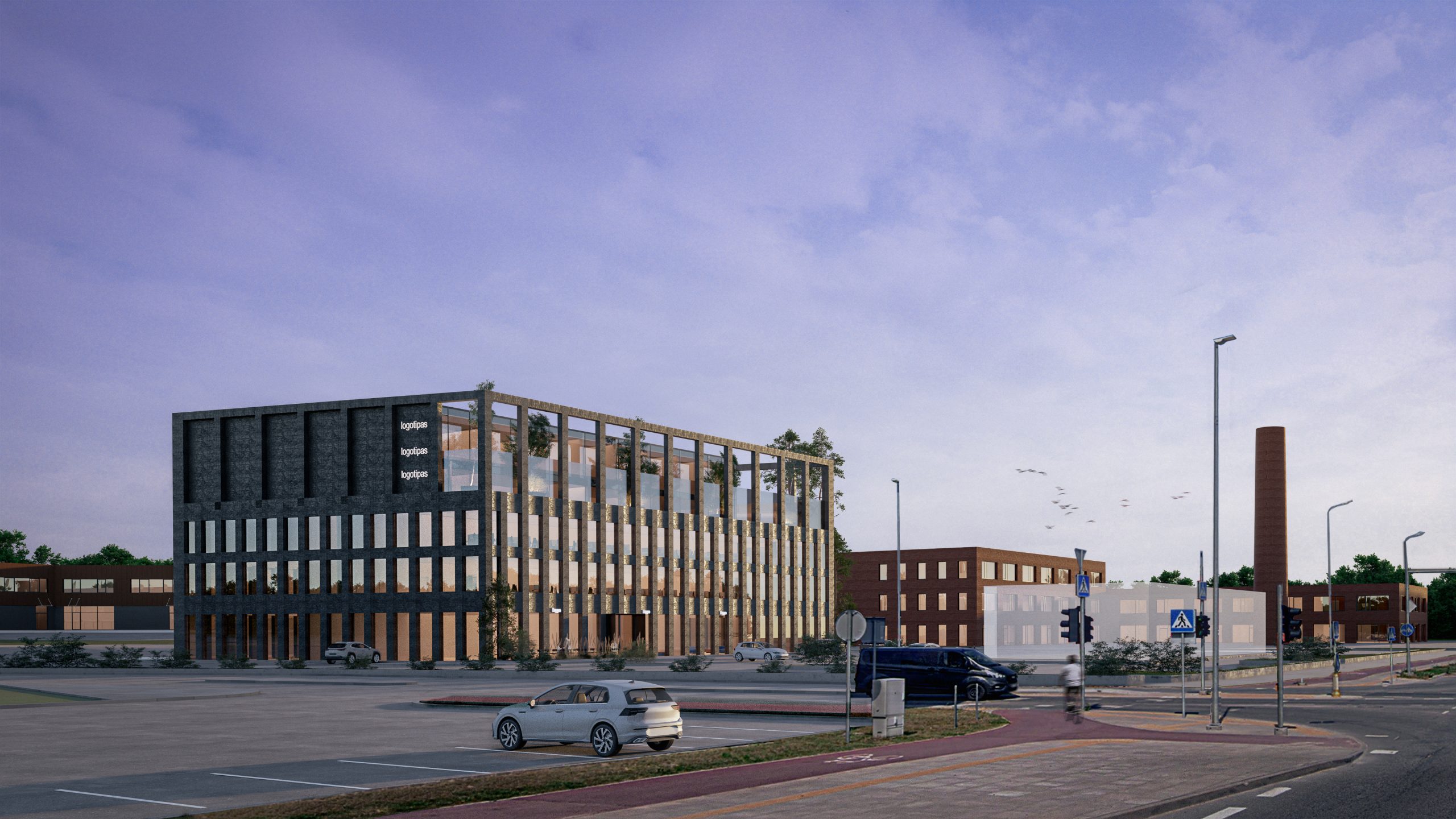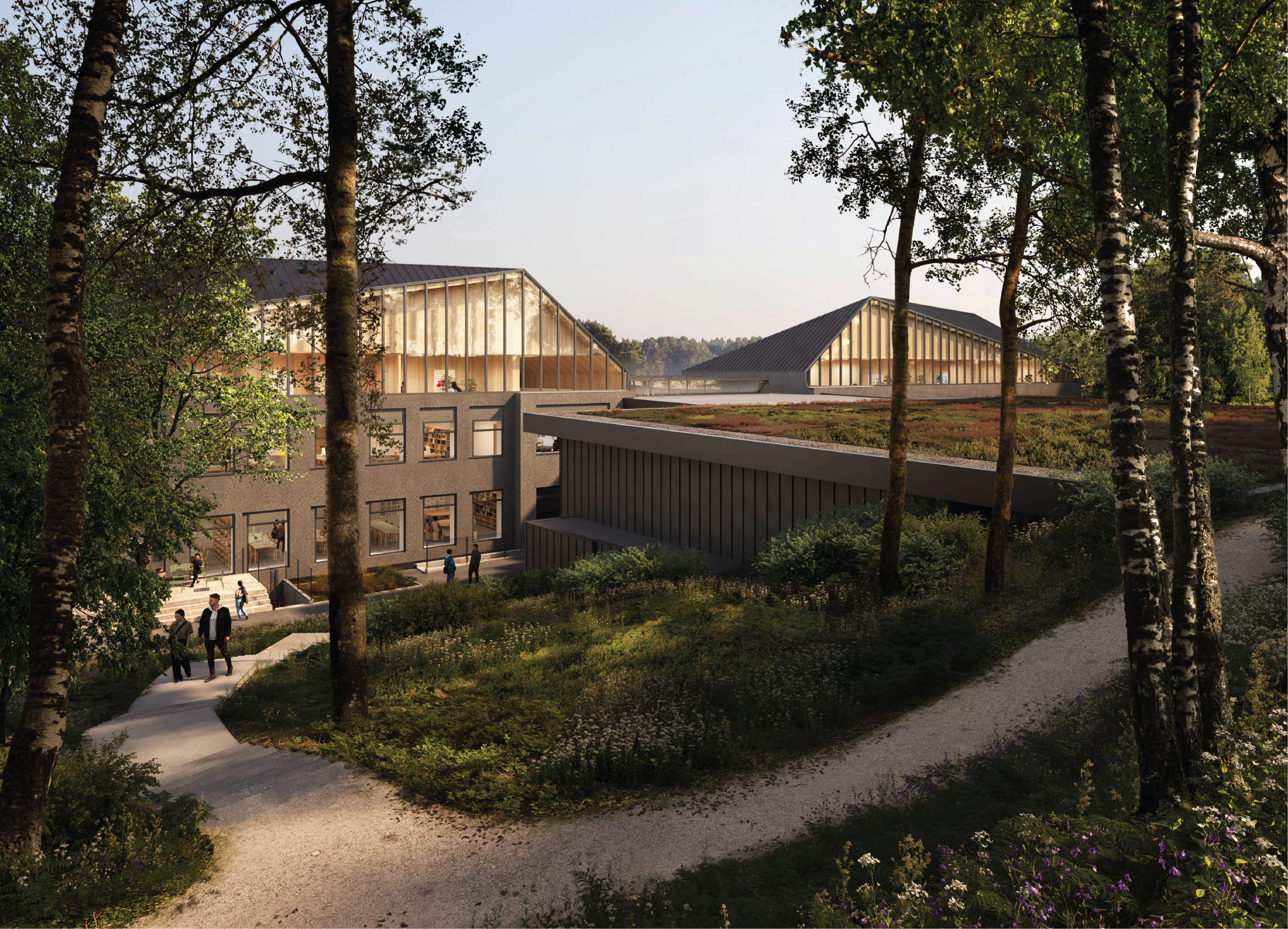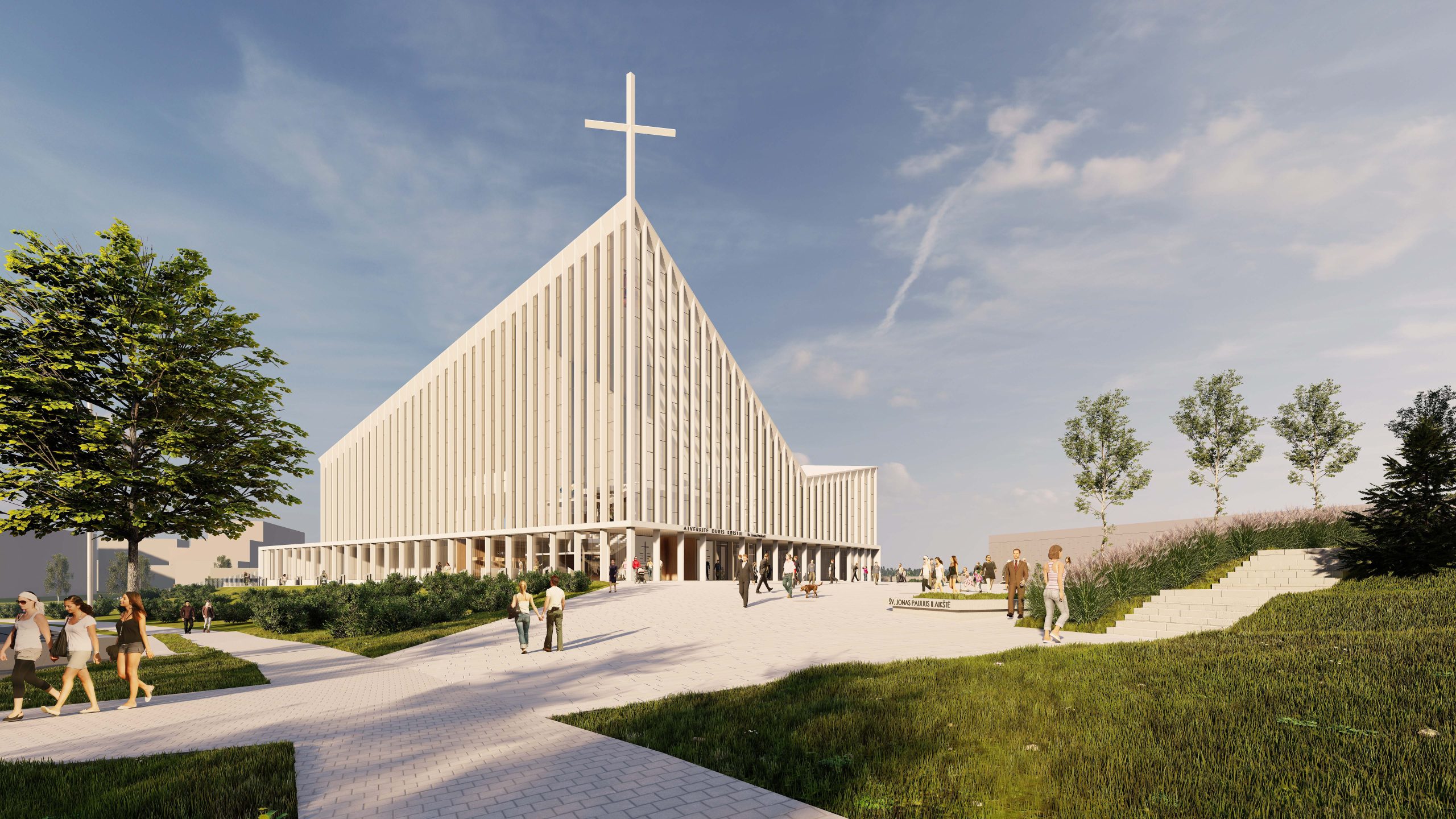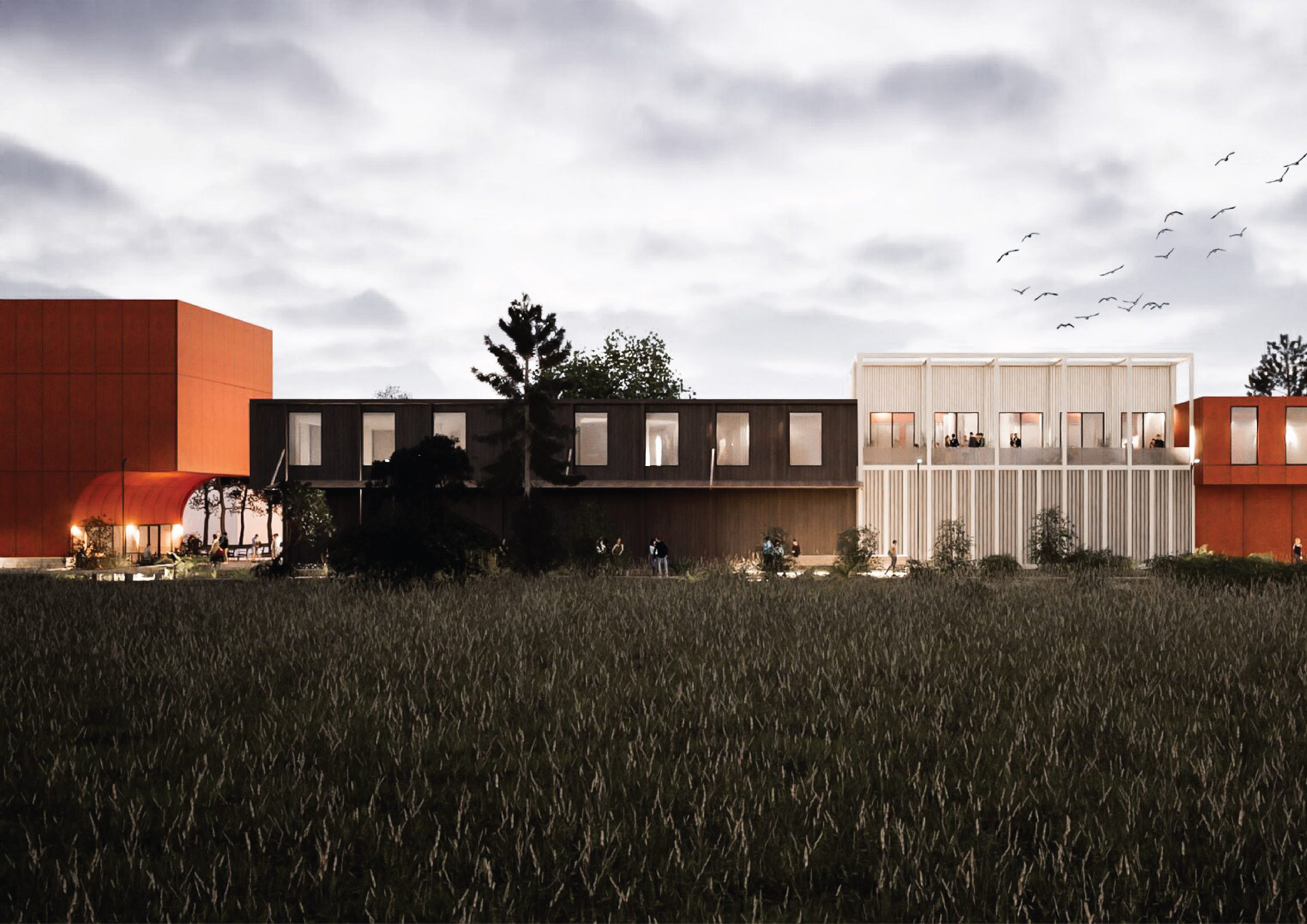Mindfulness Center in Klaipėda
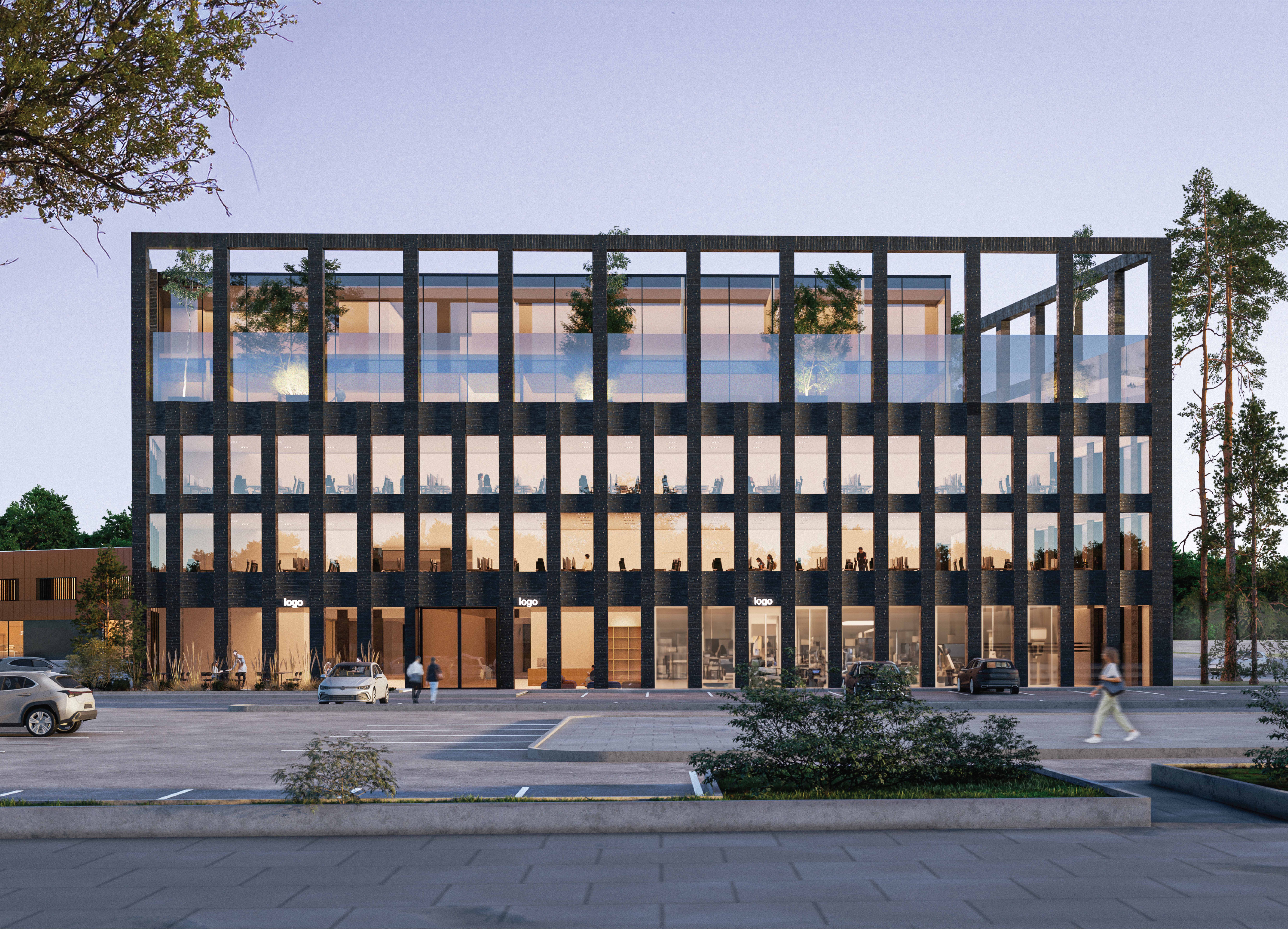
- Location Klaipėda, Lithuania
- Type Public
- Size 6166 m²
- Year 2024 - Ongoing
- Status Design Phase
- Client UAB "Uosto verslo centras"
- Project lead Giedrius Stogis
- Authors Ernesta Bagužaitė, Elena Paleckytė, Goda Pazukaitė, Ignas Lukauskas, Giedrius Stogis
Nestled amidst the bustling urban landscape of Klaipėda, where intense traffic, vibrant activities, and commerce thrive, arises a unique architectural concept: the Introvert Building. This mindfulness center stands as a direct counterpoint to its surroundings, with a core function oriented towards introspection, well-being, deceleration, and self-discovery. Recognizing introversion as an innate human orientation towards the inner self, the building's spaces are meticulously designed to slow down the pace of its visitors, enabling them to disconnect from the daily rush. Like a Japanese rock garden where a fallen stone finds its tranquility, the design encourages individuals to pause, perceive their environment, and reconnect with the earth.
The building's façade, much like human skin, envelops its interior with a distinct and unique character, featuring a regular rhythmic structure that imparts a sense of conciseness and serenity. Gently curved elements on the façade evoke the calming lines of sea dunes, waves, and the subtle contours of skin. Crowned by a "head" in the form of a vibrant green park, the roof offers terraces and serene resting areas, symbolizing the building's deep connection to nature and its environmental responsibility. This elevated green oasis, visible from afar, becomes the building's "face," shaping its identity within the city. Extending the edge of the adjacent "Lighthouse" building, its volume seamlessly integrates into the complex's overall composition. Adorned with a ceramic finish characteristic of both the city and the neighboring complex, the building features a palette of dark brown, burnt clay shades. Inside, a harmonious blend of textures—from rough clay plaster to smooth wood and soft fabrics—creates depth and comfort, while subtle lighting and warm wood elements foster a cozy atmosphere. Integrating natural elements throughout the interior reinforces the vital connection with nature, proven to reduce stress, elevate mood, and boost productivity.
The mindful concept
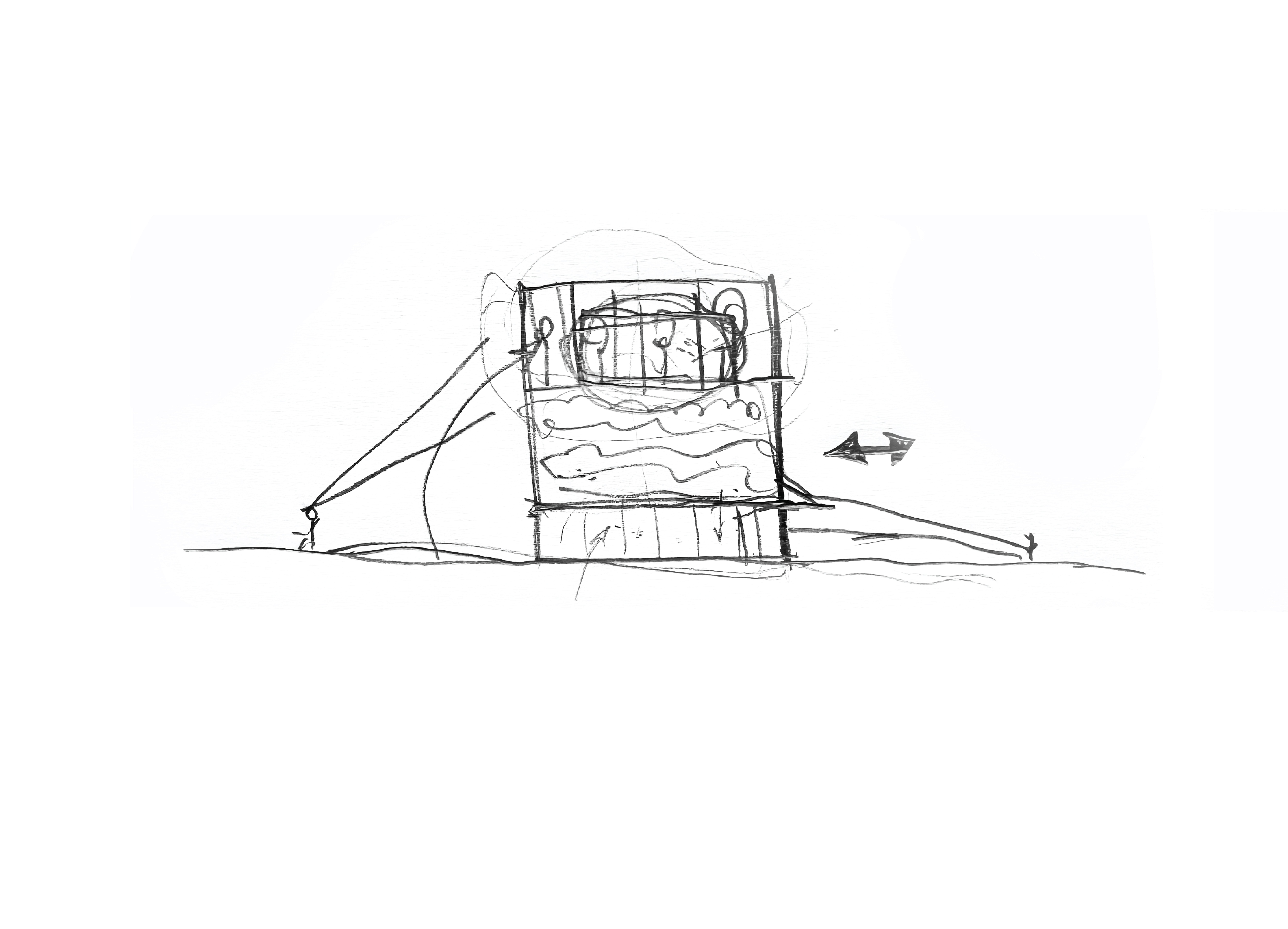
A building as a sign is more than just a structure; it's a prominent landmark, felt from up close and recognized from afar. Its design and presence communicate powerfully, making an indelible impression on the landscape and in the minds of those who see it.
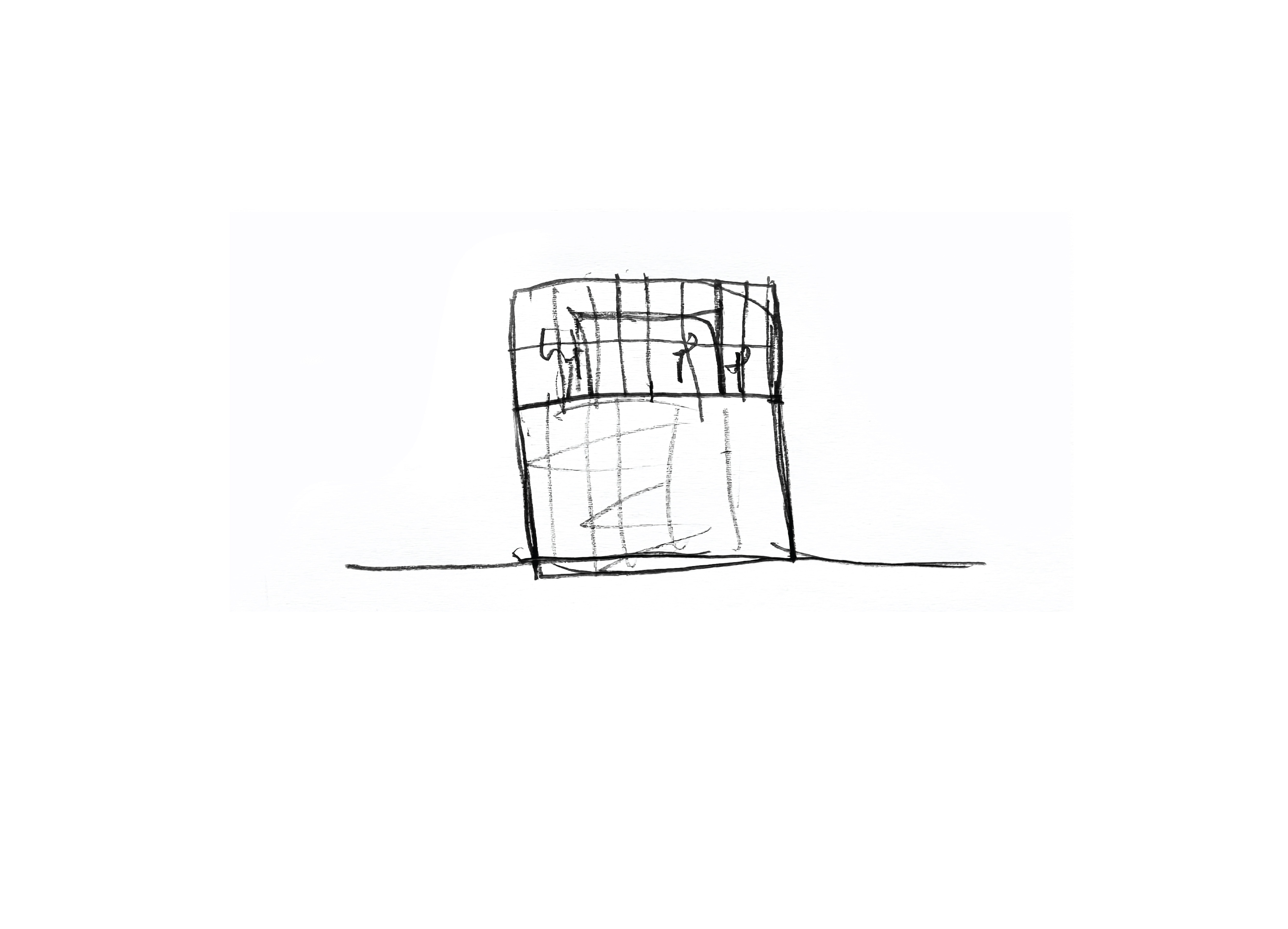
A building's proportions are key to its aesthetic appeal, much like the relationship between the human body and head creates a sense of balance and harmony. When these elements are thoughtfully aligned, the structure feels complete and visually pleasing, establishing a powerful presence.
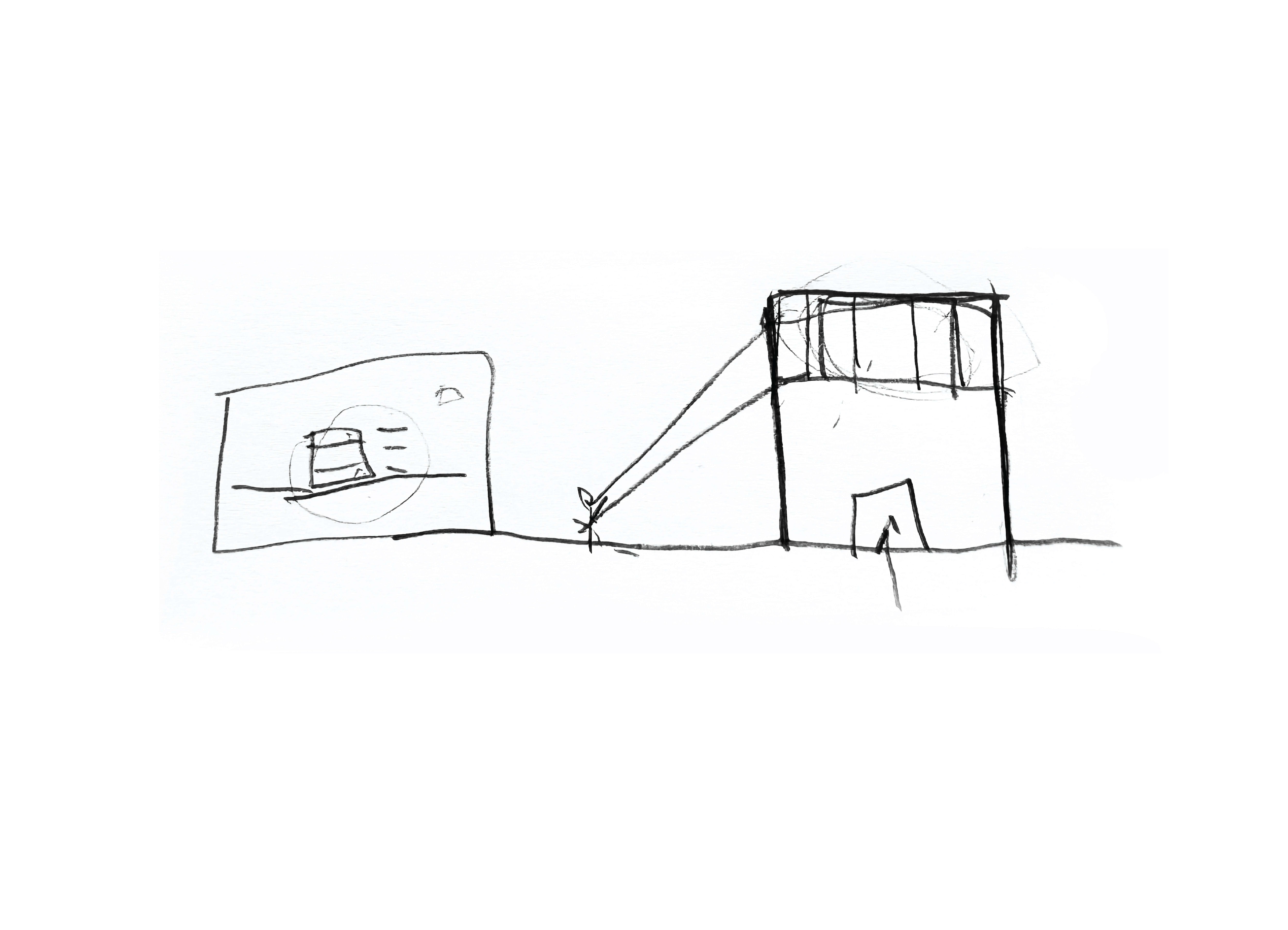
Clearly defined main entrances are crucial when segmenting a building by floors, as they orient visitors and establish a clear point of arrival. This thoughtful design ensures that even within a multi-level structure, the primary access points are intuitively understood and easily navigated.
Function
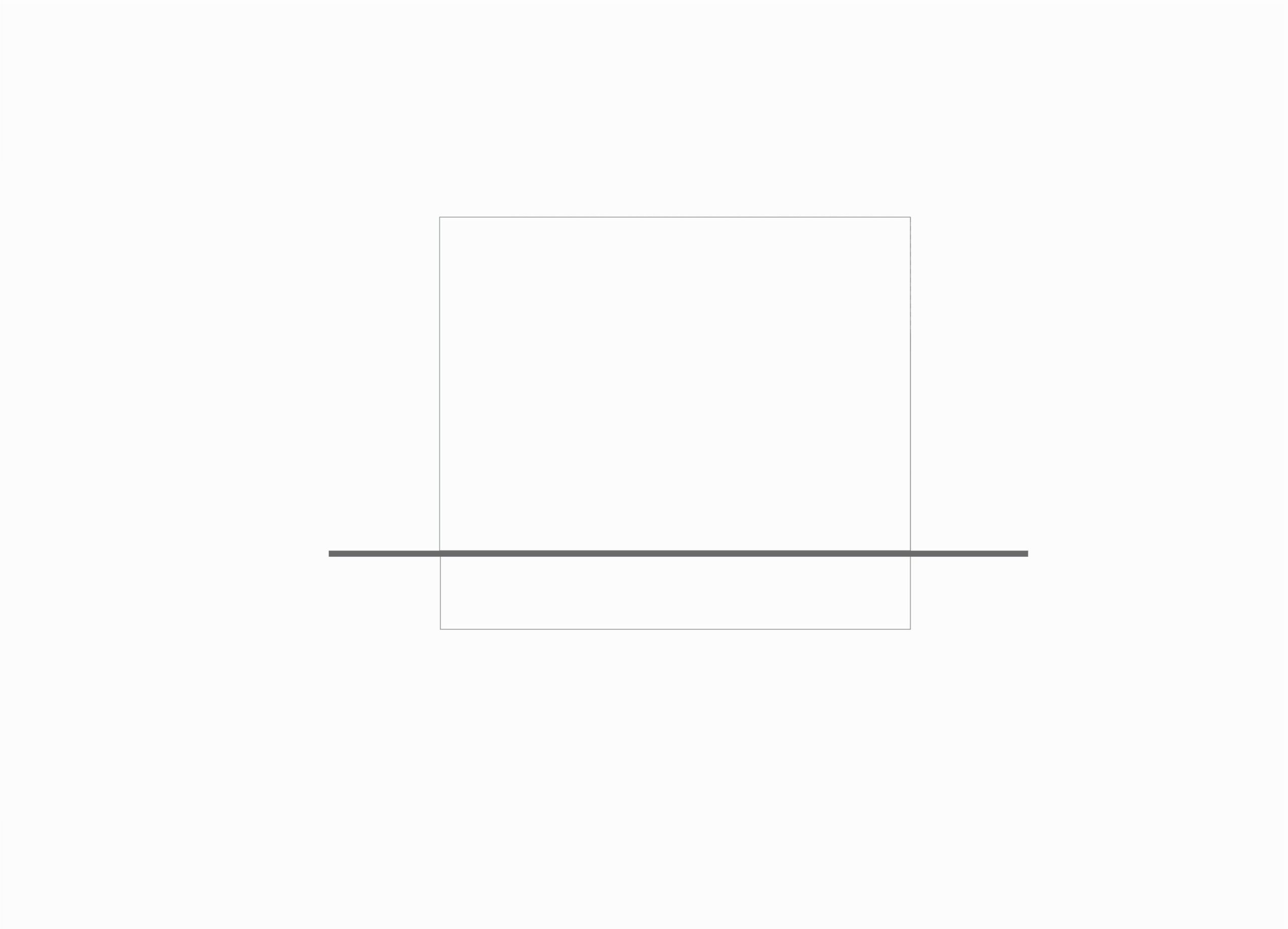
Every building begins as a seemingly simple, empty volume, a blank canvas awaiting the infusion of purpose and meaning that will transform it into a resonant space.
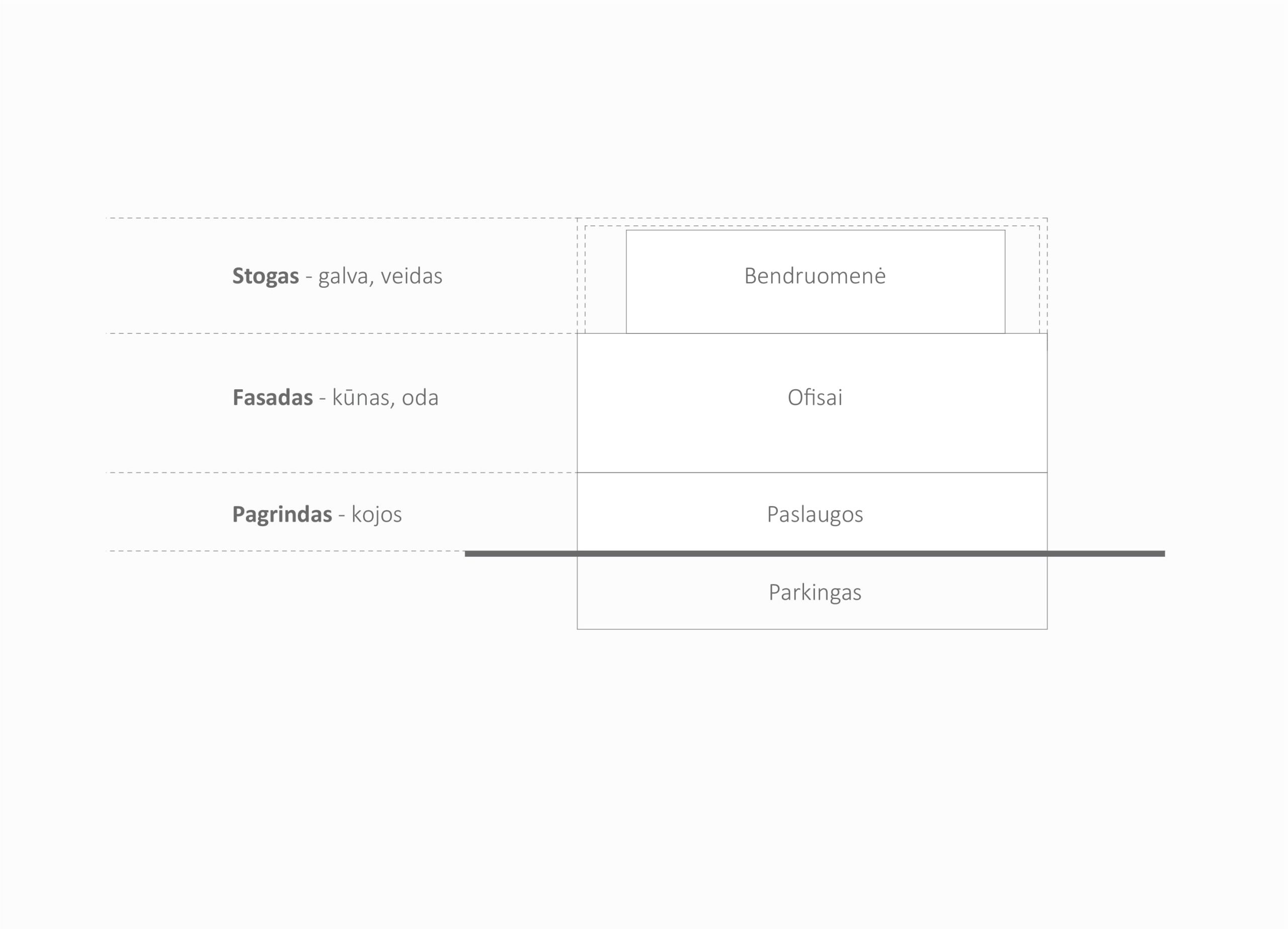
Just as a human body is comprised of distinct yet interconnected parts, a building can be conceptualized with a "head," "body," and "legs" working in harmony. The head might house the strategic and public-facing functions, while the body accommodates the core activities and services, and the legs form the foundational, operational support systems.
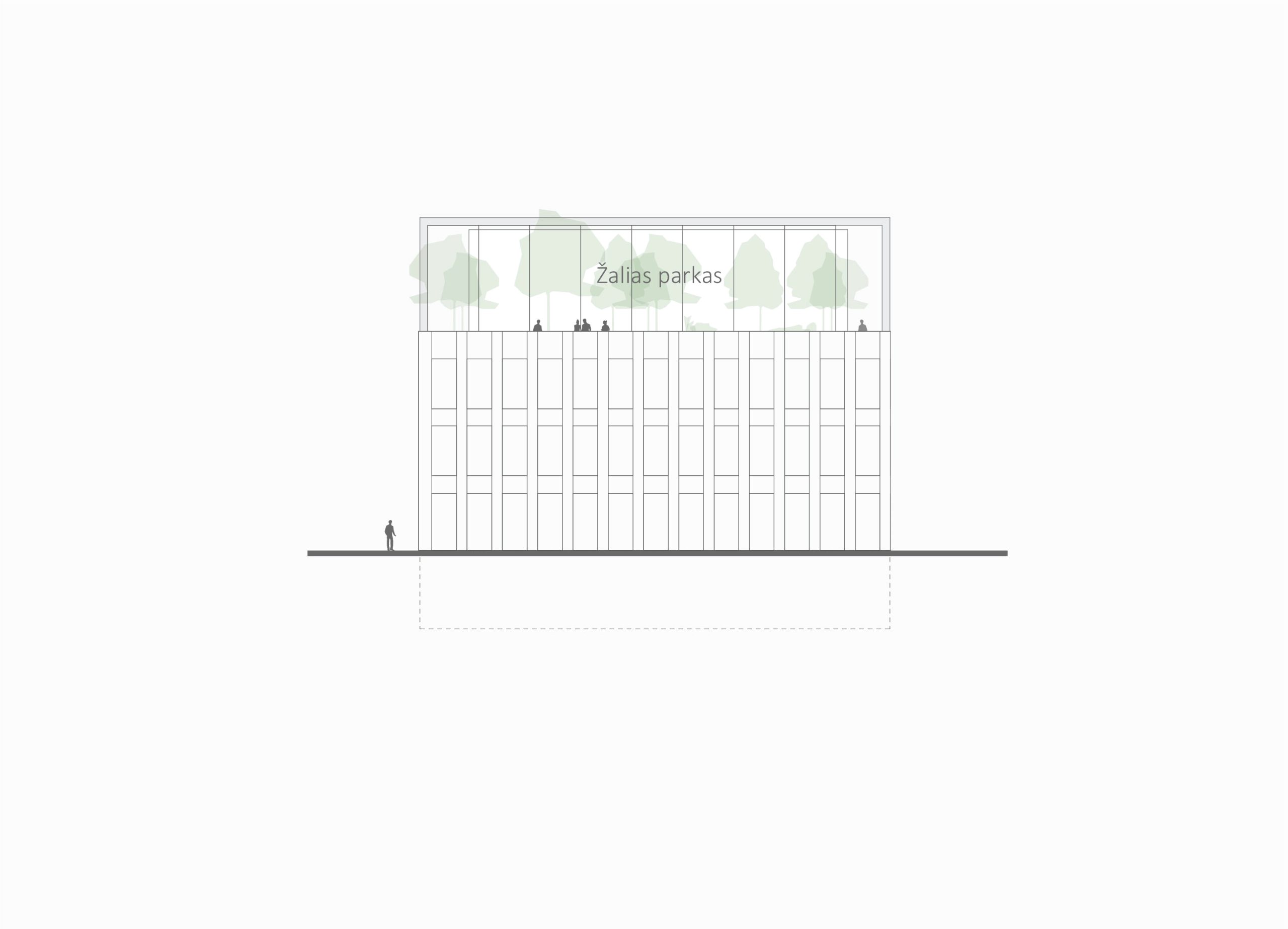
Perched atop the building, the green park functions as its "head," symbolizing a space for mindful growth and offering elevated tranquility away from the urban bustle.

